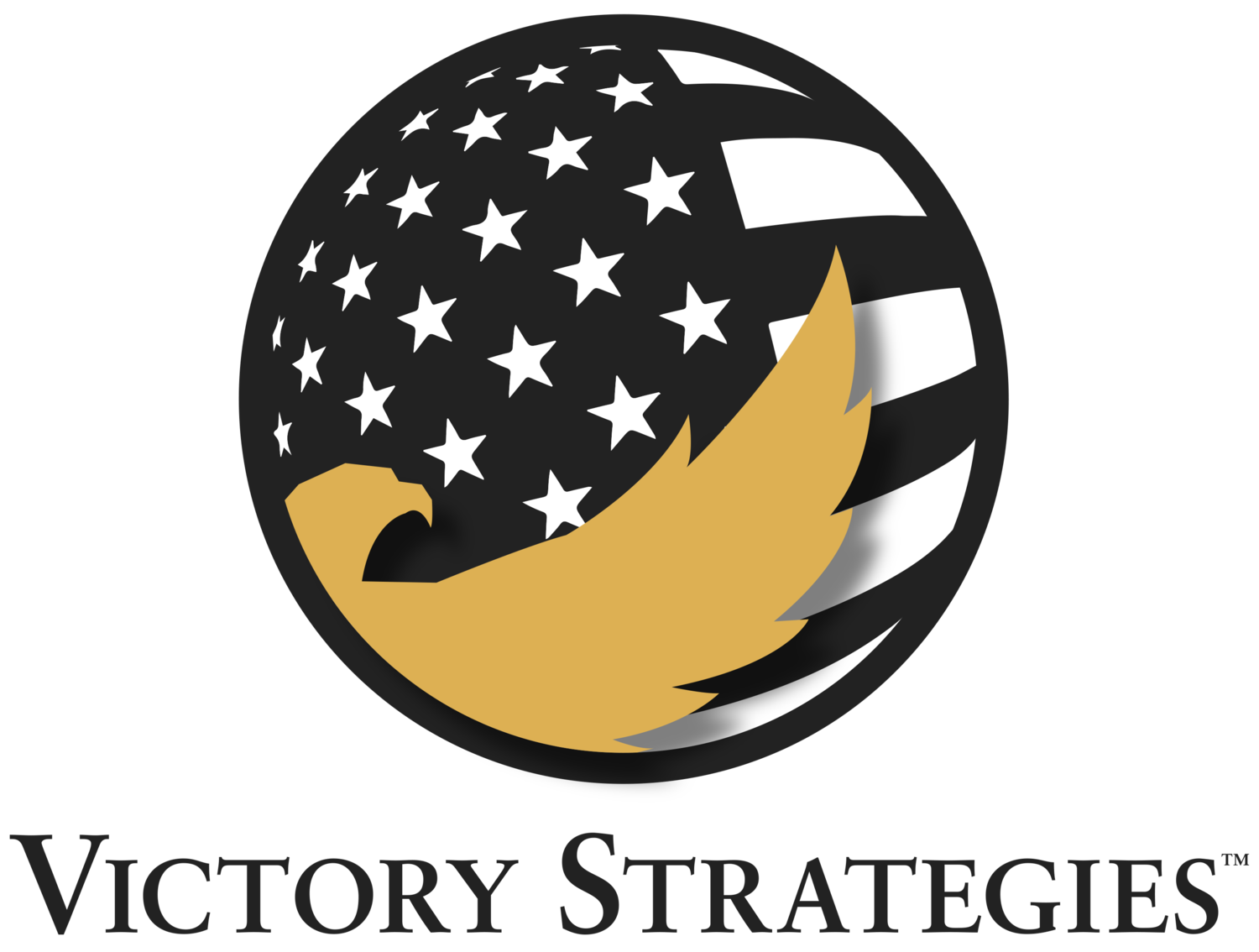As many sectors of the economy were forced to telework or adopt some sort of alternate/hybrid schedule, resumed more in-person work following COVID, many workers were welcoming the return of face-to-face camaraderie and collaboration. Leaders were excited to be physically back with their teams, leaving the Zoom gallery behind. The immediate reaction was a rebound of sorts, striving to make up for lost time with maximum in-person engagement.
With the return to “normal,” leaders need to be aware of the temptation of continually being immersed with your people on the front lines of your organization; I’m not necessarily suggesting to completely avoid it but be thoughtful and deliberate about when and how often you do it. Why? It is the simple fact that both you and your organization can suffer if you spend too much time at lower levels of the organization where much of the work is done. You likely lack the technical skills to be of use at that level and the team needs you at the strategic level, establishing and maintaining a vision that they are working in support of, and ensuring they are properly resourced to accomplish the tasks they are given.
All too often, I hear senior leaders explain that they are not getting into the weeds or micromanaging, but simply working shoulder to shoulder with their people in some of the lower level or more technical operations that the organization executes on a day-to-day basis. Typically, a leader who has a very positive, engaging personality and is well liked in the organization will not appear to be micromanaging, but in fact doing exactly what they see it as – working in the trenches with their people. This is typically welcomed and applauded by members of the organization; the boss is getting their hands dirty; understanding the issues at the lowest levels; listening to every team member. Goodness, right?
This is not about the act itself. Getting in the trenches is good; in moderation (like all things). If you are there too much, you are in the weeds. While the organization may like having you down working at the lowest levels, they fail to recognize what that costs them in your productivity as a senior leader. Furthermore, you may be more of a distraction – the organization spending countless hours for your visit, putting on the proverbial “dog & pony show,” reducing productivity. While senior leaders absolutely need connective tissue to all levels of the organization, it needs to be enough to inform them, not enough to step in and do their subordinates’ jobs. The senior leader needs to use that insight and experience to better inform their strategic vision for the organization and adjust when things are not aligned at all levels.
Your tendency as a leader will likely be to fall back to your previous experience or upbringing in the organization. We all want to do what we are comfortable, confident, and credible doing. Be sure that when you decide to wade into the trenches, you are not landing in the same comfortable trench every time. Are you going to places where you are uncomfortable and less familiar with? Are you willing to ask questions that reveal your lack of knowledge and experience? If you are not, the return on both parties’ time investment is diminished.
As a senior leader, when you are feeling drawn into the trenches, pause, think, and be deliberate. Perhaps ask yourself these questions:
Do you have a purpose behind the visit?
What do you seek to gain?
How will the organization benefit from your observations or experience gained by being physically present?
What is the opportunity cost in stepping away from the things only you can do?
How are you maximizing the value proposition?
Additionally, think about being more spontaneous to avoid excessive preparation and production. Provide the minimum amount of notice; enough so the leadership is aware but does not overly prepare. The true coin of the realm is to leverage “targets of opportunity.” There are times when you are already at a location within the organization for another purpose than a scheduled visit, but you take advantage of the time to engage the folks working there. If you are there for a leadership huddle or high-level meeting, take the opportunity to engage with folks on your way in and out; that will have a much greater impact on them than a scheduled visit. This was a technique I learned from a mentor of mine (and now my Victory Strategies teammate), 4- Star General (retired) Robin “Baba” Rand. As a senior commander, when General Rand would fly, he would take the opportunity to talk to every Airman he came across walking off the flight line from his jet to the debrief shack, or walk with his crew chiefs, listening for what resources they were lacking to better do their job, something he could fix at his level. This was a methodology of excellence and quality leadership I worked to adopt as a commander as well.
When you are ready to get in the trenches, make sure you are not getting into the weeds. Take a moment to determine your objectives in visiting the organization and if your approach is the right one. Are you seeking information and/or understanding? Is it a well-planned, well-orchestrated event, or spontaneous? None of these answers are wrong if your intentions align with your objectives and outcomes.
That said, every time you decide you are getting into the trenches, ask yourself, “am I getting into the weeds?”
Authored By: Scott Campbell, Executive Director of Operations
